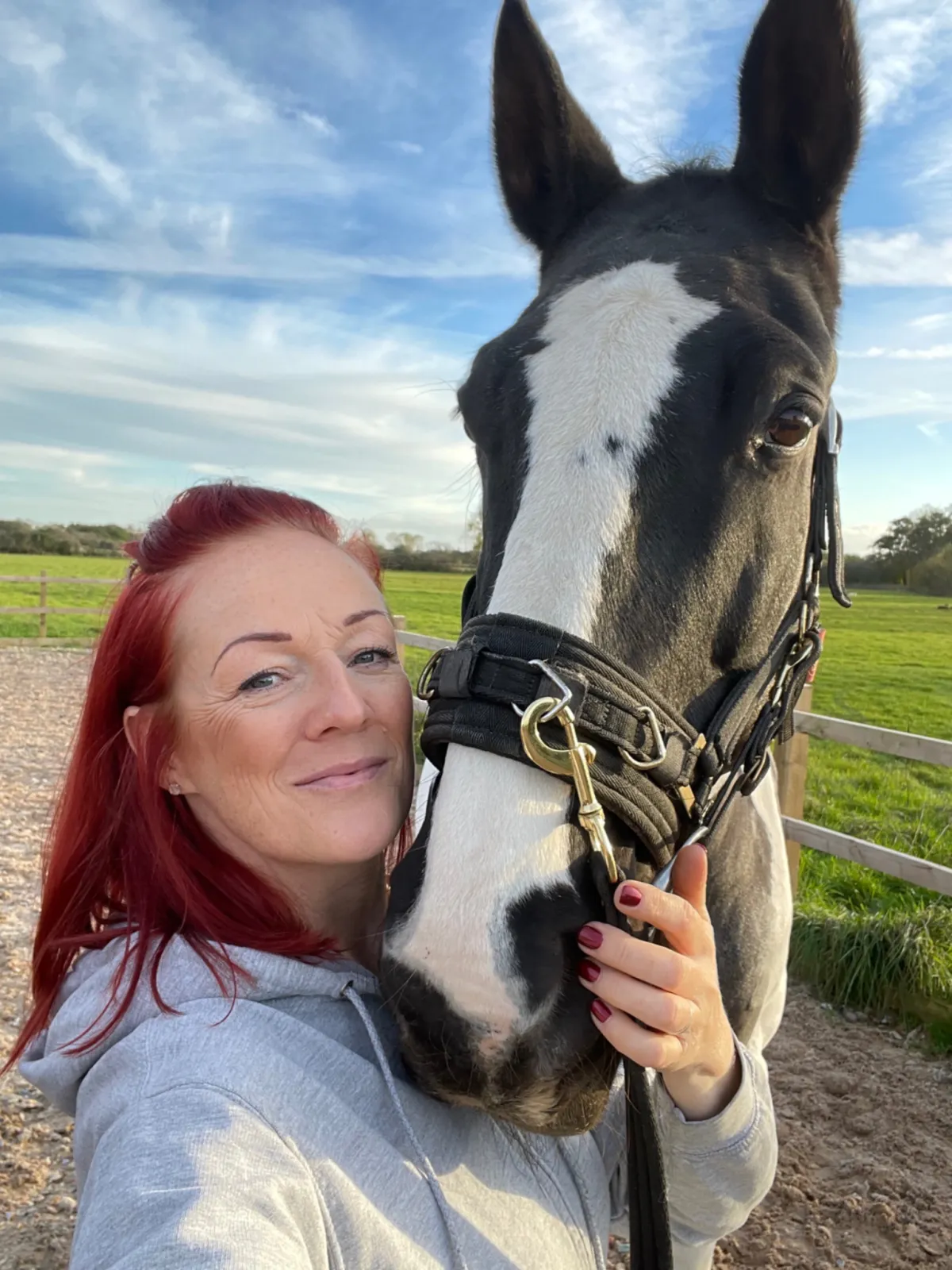
Preventing Kissing Spine: What Every Horse Owner Should Know
Preventing Kissing Spine: What Every Horse Owner Should Know
Kissing Spine. It’s a diagnosis no horse owner wants to hear — but sadly, I see it all too often in my work as an equine physio and rehab specialist.
The good news? There’s so much we can do to reduce the risk of this condition in our horses, before it ever shows up on an x-ray.
This blog is here to help you understand how to support your horse’s body, develop a stronger, more functional topline, and ultimately protect them from the pain and breakdown that kissing spine can bring.
Let’s take a look at what prevention really means…
🧠 First, a quick anatomy reminder
Your horse’s back is made up of vertebrae with upward pointing bony projections called dorsal spinous processes (DSPs). In the mid-back — right where we sit — these DSPs are naturally very close together.
They’re meant to be close… but when the horse isn’t strong enough to stabilise and lift their spine during movement, those bones can come too close. They can touch. Rub. Or even remodel over time.
That’s kissing spine.
The biggest preventable factor in all this? Lack of core strength.
💡 What does a strong horse actually look like?
A horse that is strong enough to be ridden and carry a rider with ease has:
A lifted, well-muscled back
A strong, functional core
Engagement through the hindquarters
Postural tone — even at rest
Good rhythm and balance in movement
Unfortunately, many horses don’t start their ridden careers with enough strength. And once they’re in work, they’re often not given the right kind of support to maintain that strength over time.
That’s where prevention really matters.
🚫 The problem with modern horsekeeping
Between rich grazing, limited movement, early backing, and rushed training methods, we’re unintentionally setting our horses up for postural weakness. And that weakness leads to overload in the very part of the back most at risk for kissing spine.
Even well-meaning riders can miss this if we assume that riding = core strength.
Spoiler: it doesn’t!
Without targeted, intentional exercises to mobilise, activate, and strengthen the right muscles, we risk riding our horses into dysfunction.
✅ 5 ways to help prevent kissing spine
Here are 5 proactive steps you can take to protect your horse’s back — starting today:
In-hand work to activate posture
Teach your horse to carry themselves correctly from the ground before you get on.Core strengthening exercises
These activate key stabilising muscles like the multifidus, which helps create space between the spinal bones.Polework & raised poles
Low-impact exercises like polework encourage better posture, spinal movement, and muscular engagement. Even in walk!Lunging in good posture
Lunging is only beneficial when it’s done with correct biomechanics — posture before patterns!Body awareness & observation
Learn to see your horse’s posture, tension, and movement habits. Watch them at rest. Watch them in motion. They’ll tell you so much.
🌟 Prevention is easier than rehab
Once a horse has kissing spine, it often comes with pain, movement restrictions, poor posture, and muscle imbalance. The road to recovery can be long — involving rest, treatment, rehab work, time off from ridden exercise, and, in some cases, surgery.
Rehab requires consistency, patience, and a complete rethink of how the horse is worked and managed. And while healing is absolutely possible (I’ve seen many horses make incredible recoveries), it’s always a more intensive journey than prevention.
The truth is: it’s far easier, more cost-effective, and kinder to your horse to support their body before a problem arises.
By prioritising correct movement, postural strength, and functional training from the start — or by reassessing how your horse is currently being ridden or exercised — you can avoid so many of the issues that lead to kissing spine in the first place.
Think of prevention as your horse’s insurance policy — not just for spinal health, but for overall soundness, comfort, and longevity in work.
🧰 Want to be proactive?
If you want to give your horse the best possible foundation for long-term strength and spinal health, I’ve created a few key resources to help:
📘 Kissing Spine eBook Bundle – My full guide to understanding the condition, with step-by-step exercise suggestions for prevention and rehab.
👉 Grab the bundle here
🎥 Core Exercises for Your Horse – Online Course
Learn exactly how to activate your horse’s core safely, with physio-approved techniques and easy-to-follow video demos.
👉 Join the course here
Your horse only has one back. Let’s make it strong. 💪

